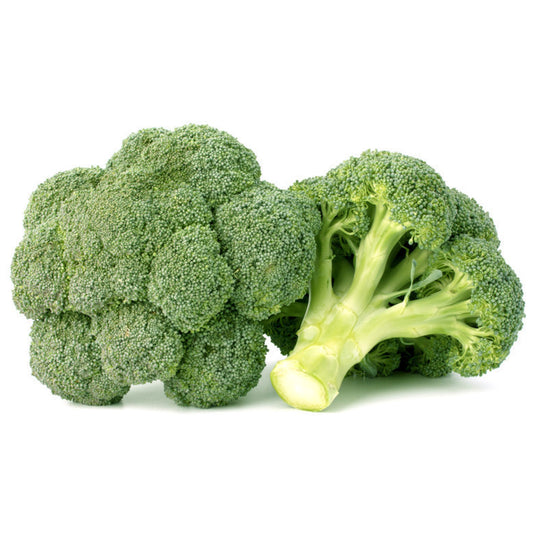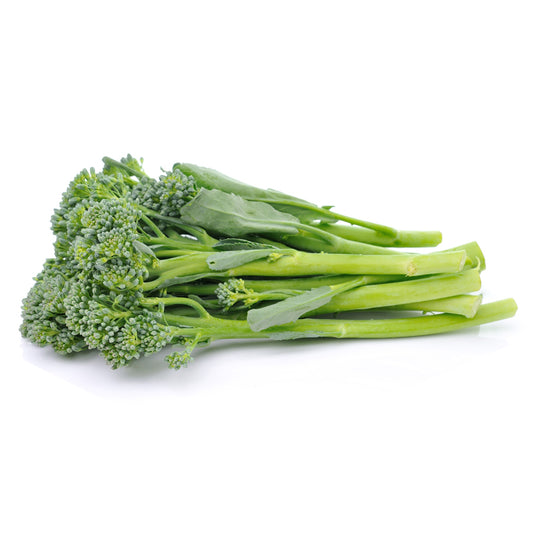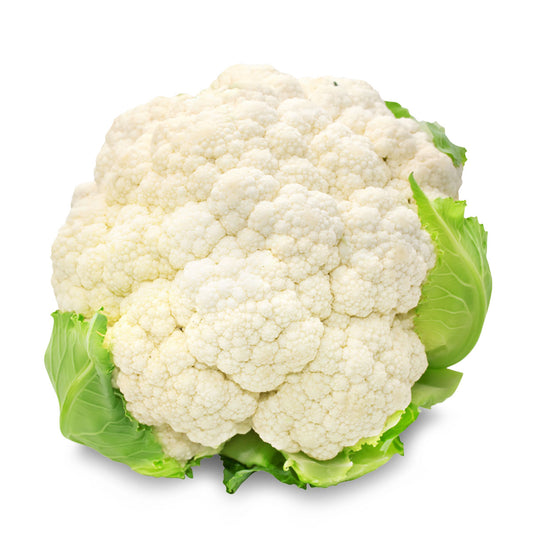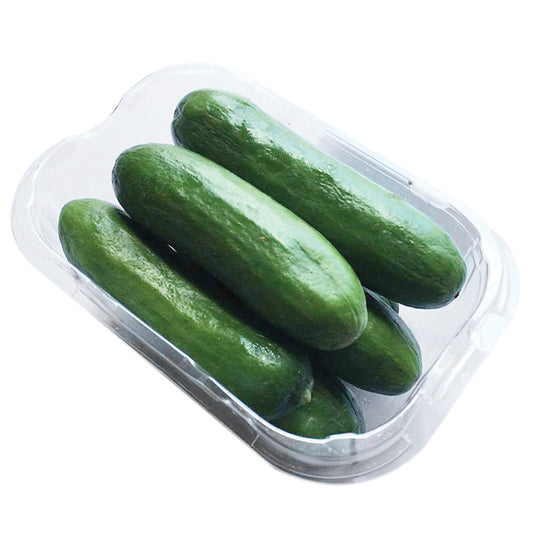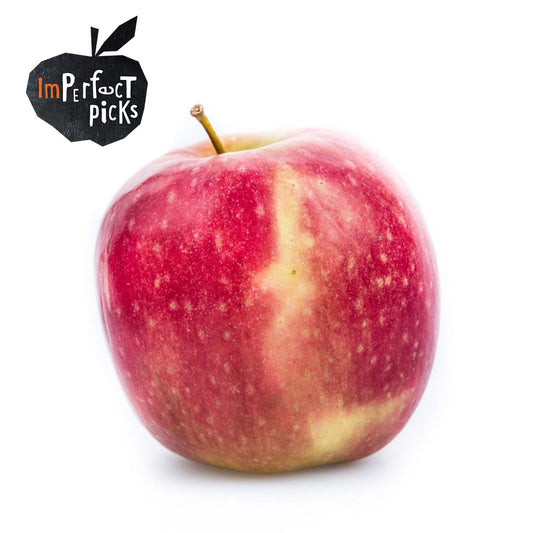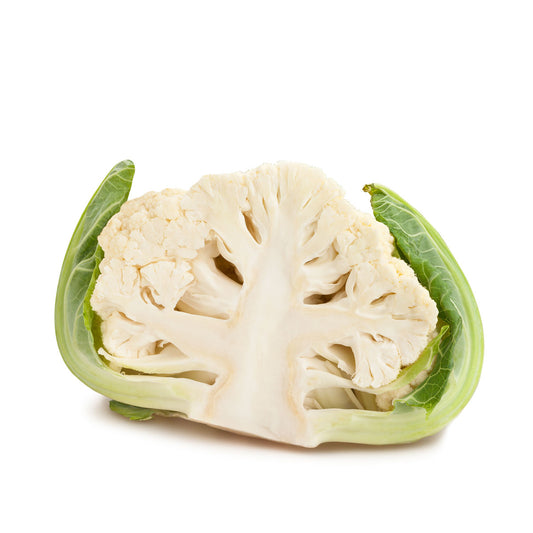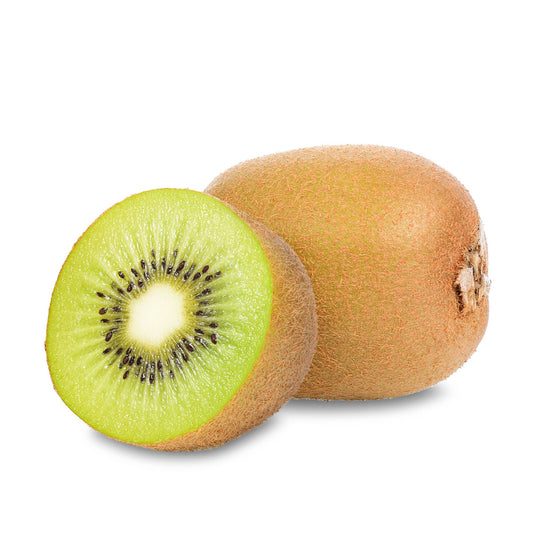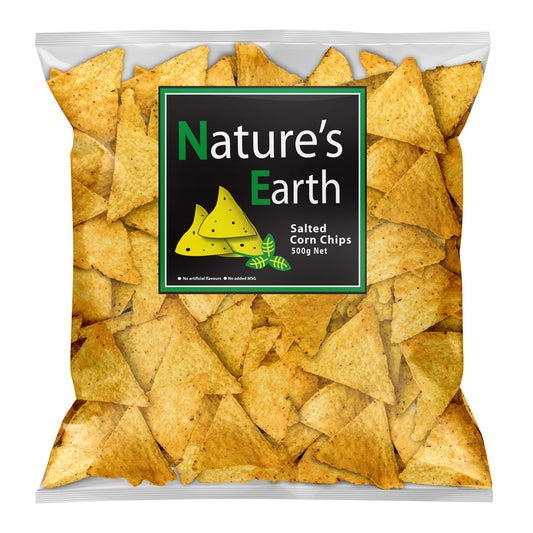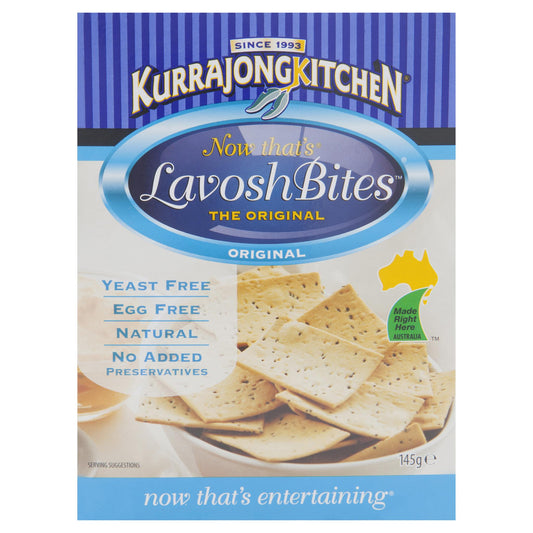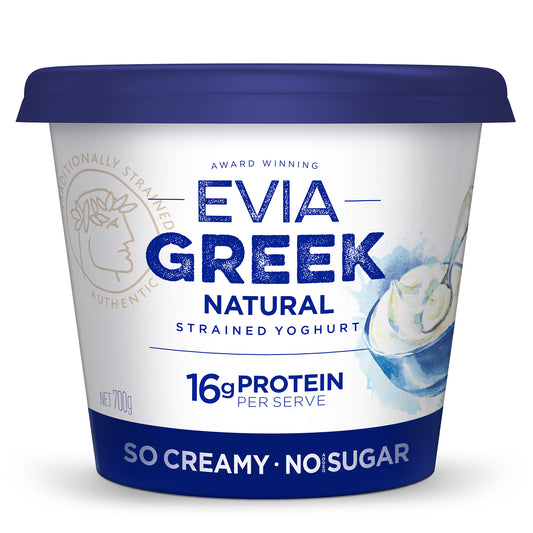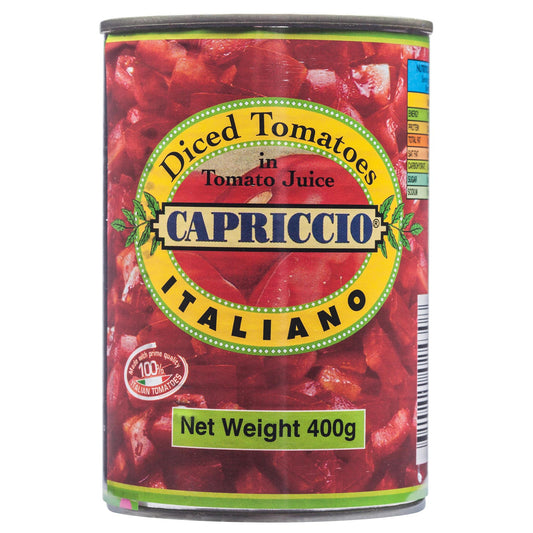
How good is coffee? Where would we be without it? (Seriously). If you’re still drinking the same flat white you were in 2009, guess what? It might be time to spread your wings a little bit.
Here’s our round up of coffee 2.0, whether it’s some nifty new ways of brewing, or different flavours all together (dirty chai latte anyone?) Who knows - your winter mornings might just get a whole lot brighter.
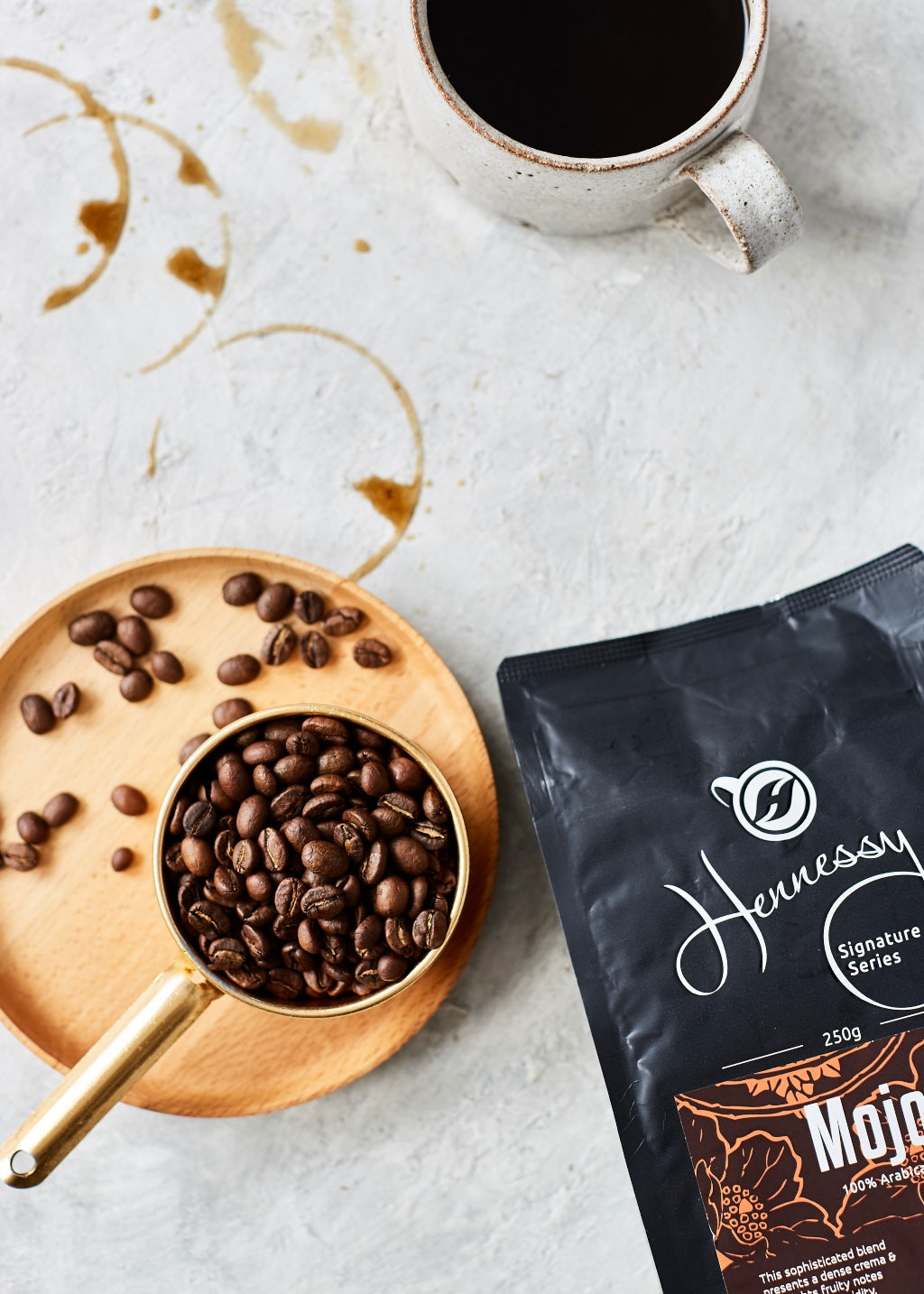
1. Aeropress
Aeropress is a way of brewing coffee at home which has become a favourite of coffee geeks, when they’re not recalibrating their coffee machines. An aeropress is a compact (relatively inexpensive) device that forces hot water through ground beans straight into a cup. Using an Aeropress will give you a smooth cup of coffee that’s brewed quickly with low acidity which still packs a caffeine punch. (It’s a great thing to be able to take camping or travelling if you can’t operate properly without a decent cup).
What to use? When using an aeropress use your favourite beans, ground fine. Aeropress will make your coffee a little more intense than a French Press (plunger), so maybe choose a lighter roast than you would usually choose.
Why don’t you try Hennessy Coffee Bean Mojo 250g. Locally roasted in Sydney and delivered straight to Harris Farm within days of roasting, the Mojo blend is 100% Arabica, medium strength coffee with a smooth taste, a hint of chocolate and light acidity.
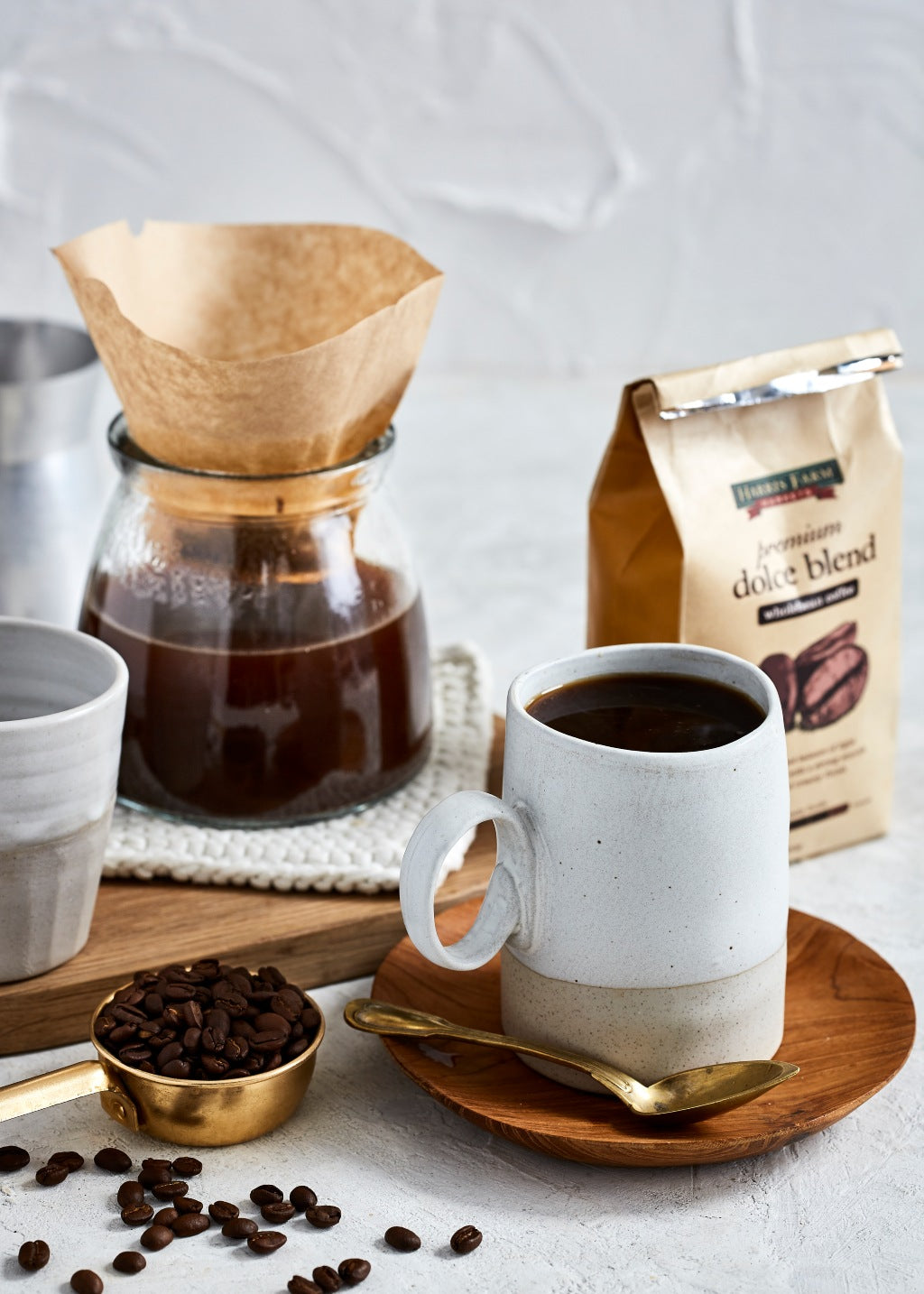
2. Pour Over
Pour over coffee is a simple and effective way to get a good brew. Use a filter cone and put it over a cup (you can get some nifty ceramic ones these days). Flush the filter with boiling water, then let it drip out, then discard the water underneath – this stops the coffee tasting like filter paper. Add 22 g (or 2-3 tbsp of freshly ground coffee beans) into the filter. Then pour a good portion of your 350 ml of boiling water over, so you can fully soak your grounds, to “bloom” the coffee and make it shine. (That’s the magic ratio). Keep adding the boiling water in a circular motion, stopping and starting so the cone never over fills with water. Wait until the coffee has filtered through into your cup. Then drink black, or add a little milk if that’s your thing.
What to use? Pour over is a great way to appreciate the unique fruity flavours in single origin beans, particularly if you drink it black. You want a medium to course grind size. (Think sea salt crystals).
Why don’t you try Harris Farm Markets Dolce Espresso Beans. There are plenty of earthy, toffee flavours here and a sweet citrus aroma. Plus $0.25 from every pack of Harris Farm Markets Dolce Blend Coffee we sell goes to Seedlings of Hope - a project dedicated to helping improve the education of children in coffee growing communities around the world.
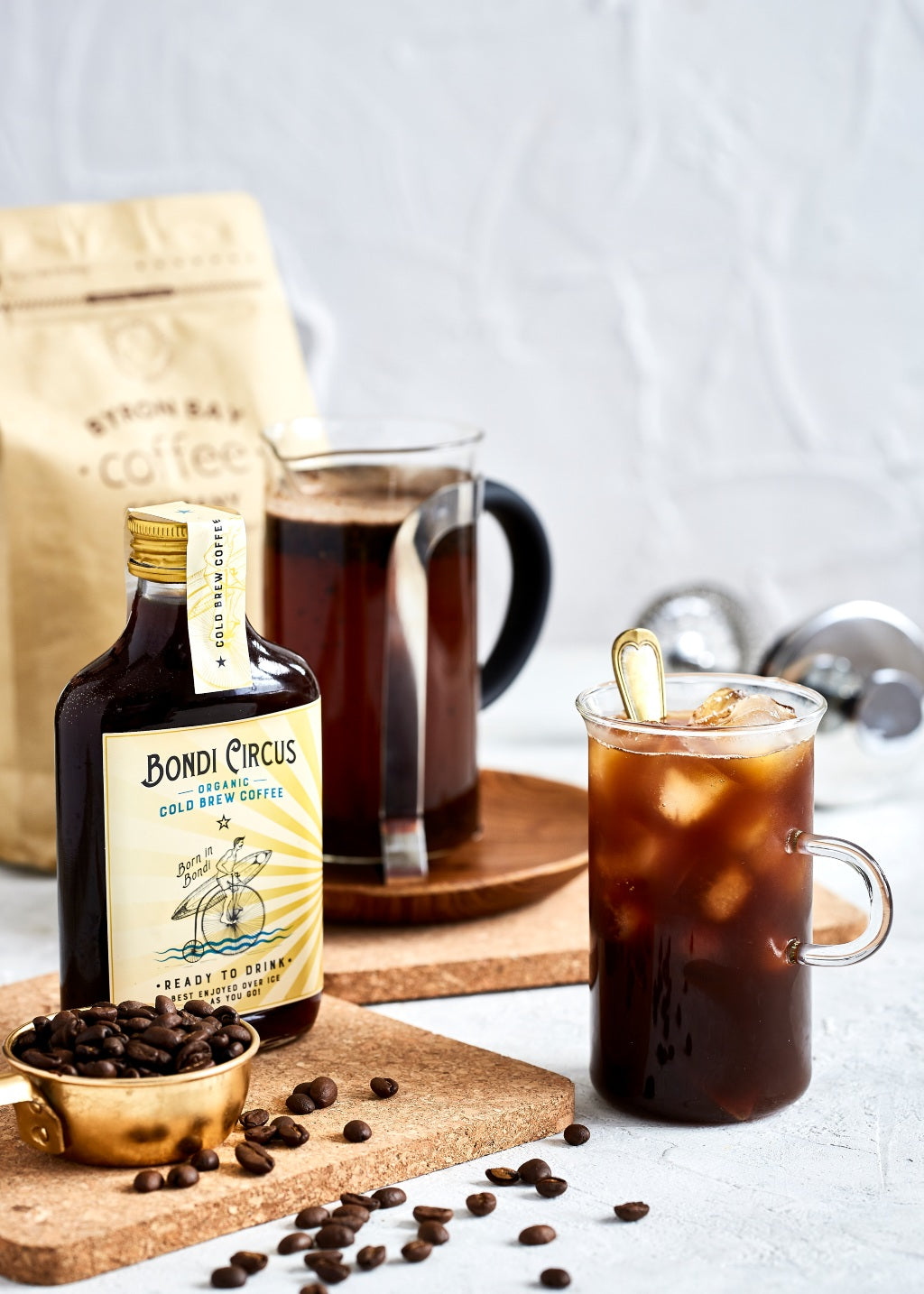
3. Cold Brew
First things first. Cold brew is not the same as iced coffee. An iced coffee is a shot of espresso or filter coffee served over ice, mixed with milk (or ice cream and whipped cream and sprinkles and all the trimmings). Cold brew comes from steeping coarsely ground beans with cold water for 12-24 hours. In cold brew it’s the length of time, not the heat that extracts the flavour and caffeine from the beans. To make cold brew you want to work from about a 1: 8 ratio of ground coffee to cold filtered water. You can use a French Press (plunger), or even a large jar, then strain it well through a clean piece of muslin when you’re done. Cold brew makes a sweeter, less acidic drink that can be enjoyed as it is, or in an iced lattes (once it’s done you can add milk, some ice and sweetener to taste).
What to use? Use your favourite coarsely ground beans for cold brew.
Why don’t you try the Byron Organic Whole Coffee Bean. Family owned and operated since 1989 their Certified Organic Espresso blend is well rounded, with sweet acidity and buttery cacao flavours.
Or if you fancy an instant-taste of it, try Bondi Circus’ Cold Pressed Coffee Concentrate. Bondi Circus is a micro coffee brewery located in the heart of Bondi and this concentrate is made from organic coffee beans steeped in filtered in water for an around 16 hours, then filtered 3 times in order to eliminate oils and sediments. Drink it over ice, or add some milk and sweetener to taste.
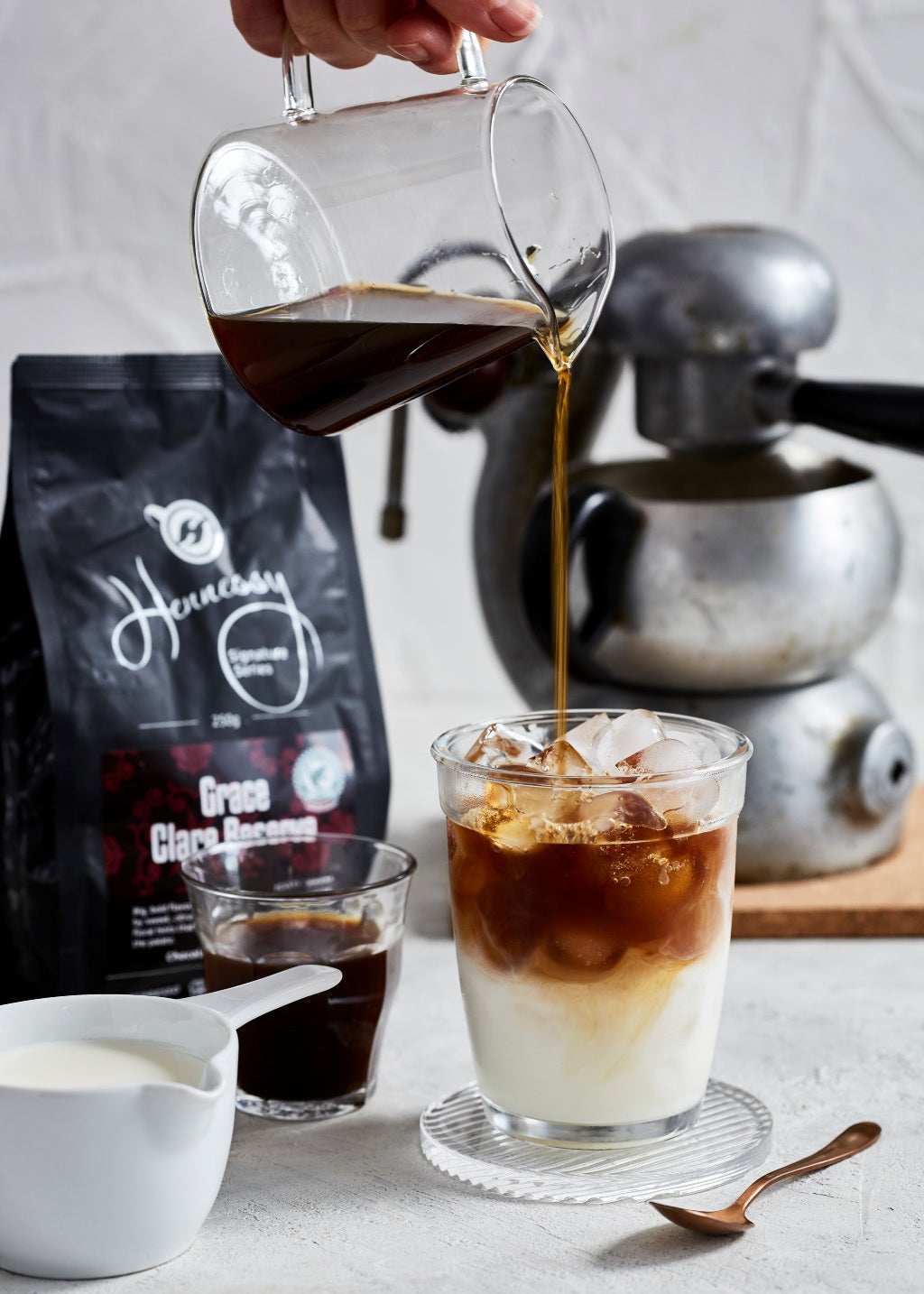
4. Iced latte
An iced latte is perfect for when you want a refreshing caffeine hit and you can’t face a hot drink. Try combining a cup of cold brew, or cold pour over coffee with chilled milk, ice and a little bit of sweeter. No need for whipped cream or ice cream (though if you really want it, go for it).
What to use? You can use any kind of coffee, whether pour over, espresso, filter or French press (plunger) as the base of your ice latte.
Why don’t you try the Hennessy Sign of Grace ground beans with its medium dark roast and a smooth, crisp and chocolatey flavour will work well.
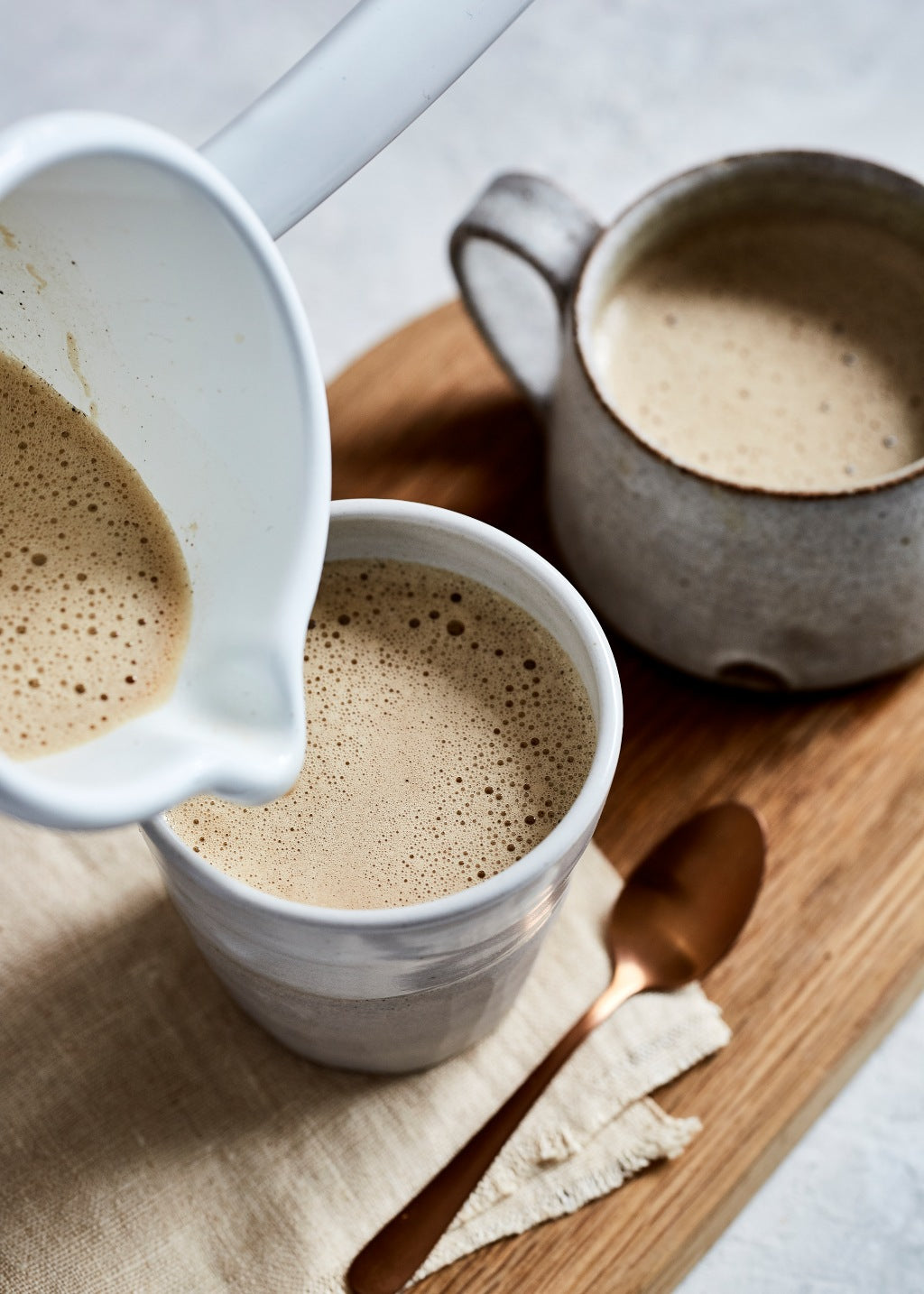
5. Bulletproof Coffee
A bulletproof is a combination of brewed coffee, grass-fed unsalted butter and coconut oil. If you combine one cup of black coffee (made through pour over, or French press) with 1 tbsp unsalted grass fed butter and 1 tbsp coconut oil then blend together in a high-speed blender you get a creamy frothy drink. Most don’t add sweetener to it, but you might want to try a little to start. It’s pretty popular in the paleo/ketogenic eating community.
What to use? Try your favourite beans in a French Press (plunger), then add grass fed butter and coconut oil.
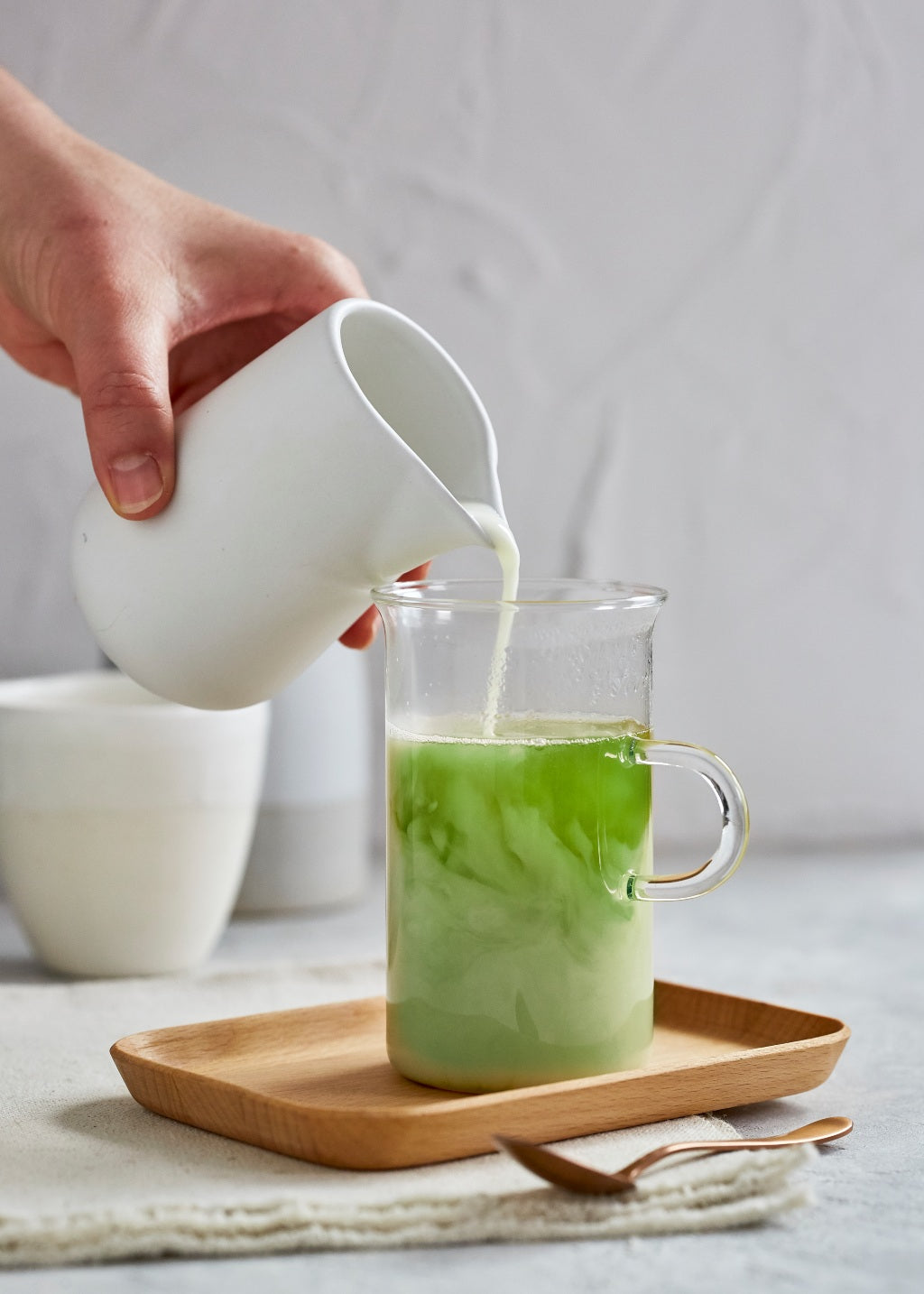
6. Matcha Latte
A matcha latte is an option for when you want a bit of caffeine but fancy something different. Matcha is a kind of green tea that has a softer, creamier flavour than other teas and contains up to 10 times the antioxidant content of standard green teas. To make a matcha latte make a small cup of strong matcha, then combine it with frothed milk of your choice (almond, macadamia and rice milk all work well if you want it to be dairy free).
What to use? Try these matcha tea bags.
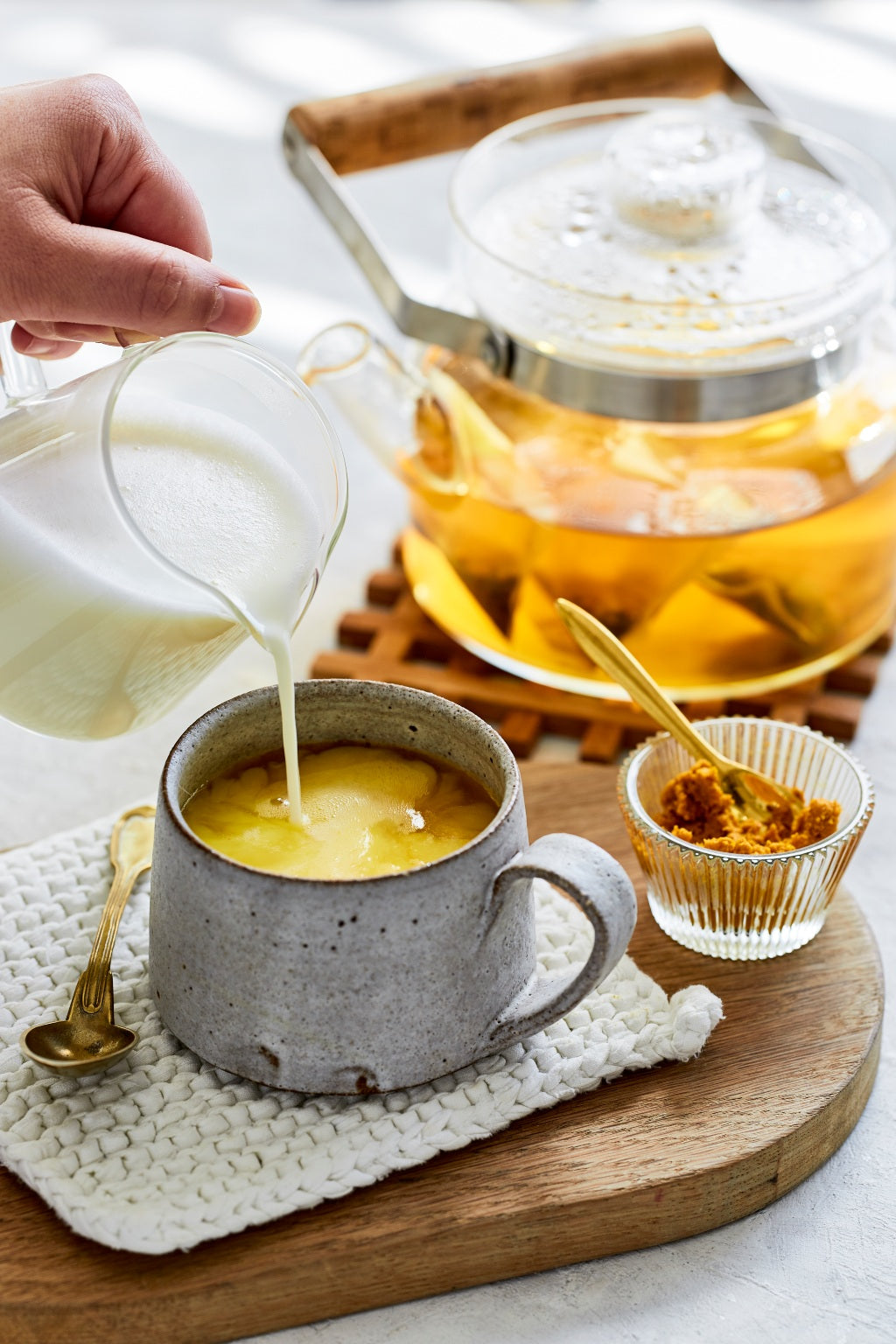
7. Turmeric Latte
A Turmeric latte, or golden mylk latte is all the rage in every health-conscious café worth its chia seeds. It’s made by combining a steeping of ground turmeric and other warming spices like ginger with steamed milk (or nut milk). It’s warm, comforting and has the anti-inflammatory properties of turmeric.
What to use? Try a strong steeping of one of these Kintra tea turmeric tea bags, or whisk some of the Sanita Turmeric paste through milk, then steam and froth it.
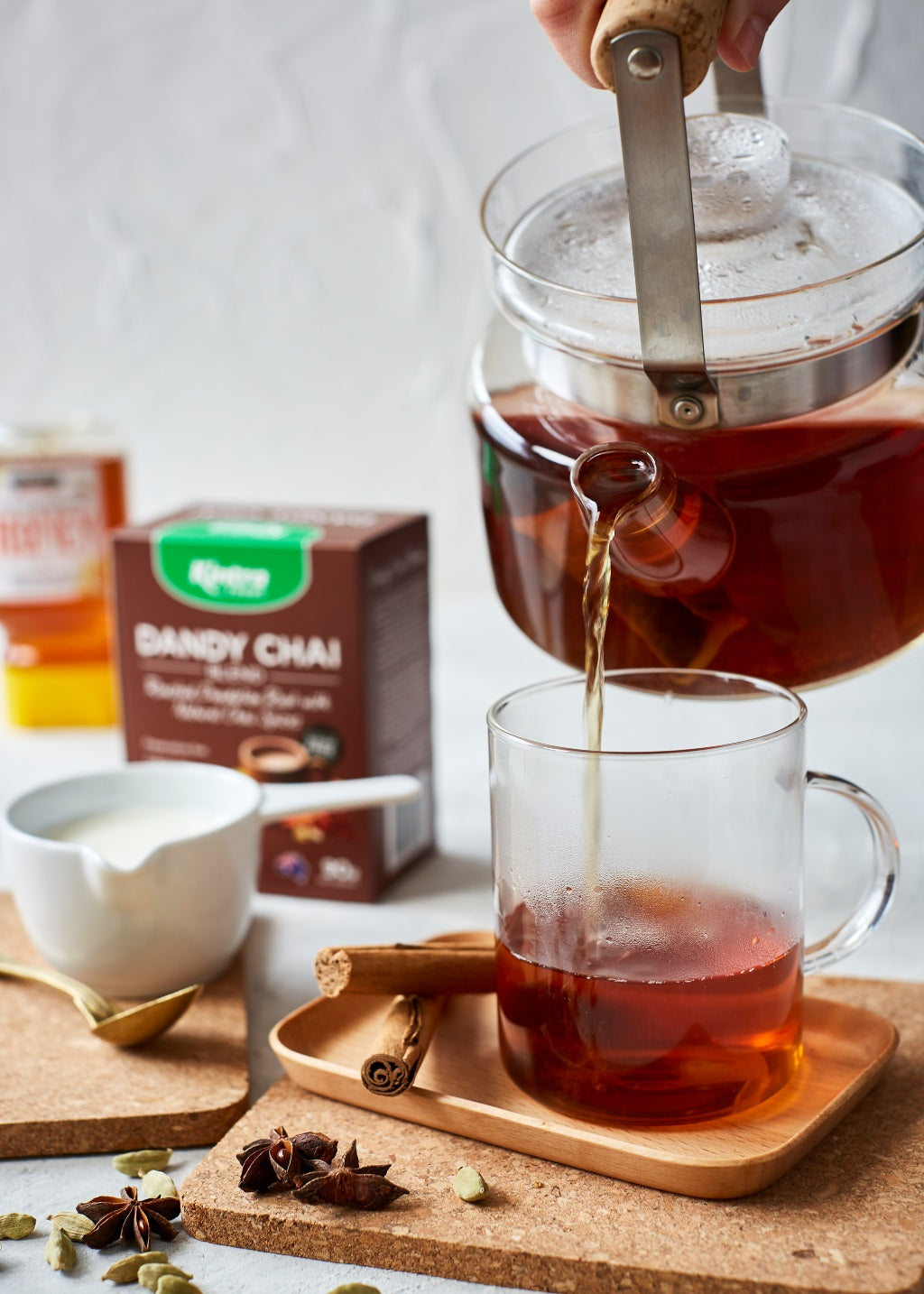
8. Dandy Chai Latte
If you need some caffeine free comfort, then a cosy cup of chai might be more your bag. A spiced combination of cardamom, cinnamon, ginger, nutmeg, star anise and cloves can be brewed either as tea, or steeped and combined with frothed milk for another take on a latte. If you want something a little different, you might want to try Dandy Chai, which combines chai spices with roasted dandelion root.
What to use? Try these Kintra Foods Dandy Chai tea bags.
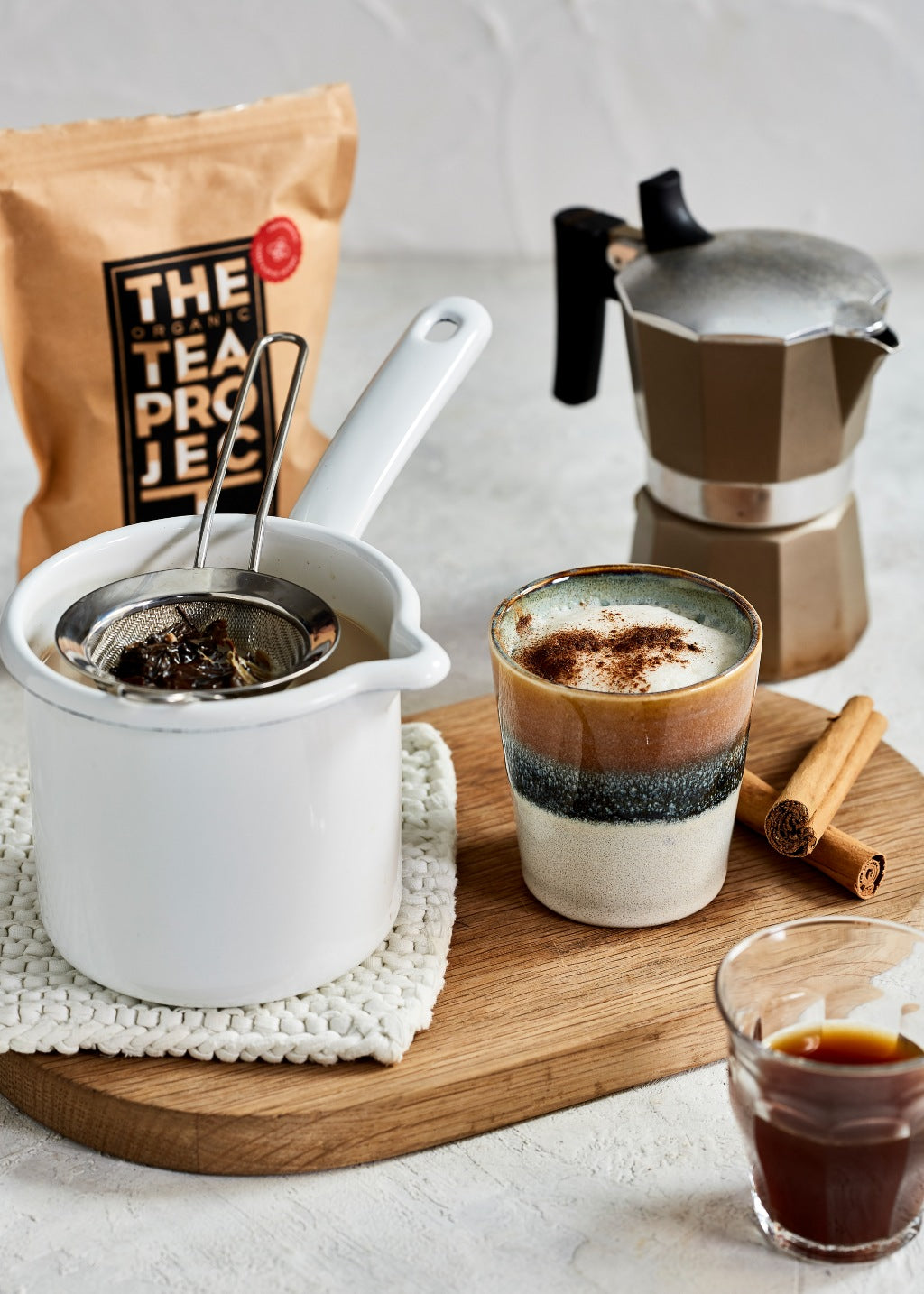
9. Dirty Chai
If you’re torn between whether you need a chai latte or a regular one, breathe easy. There’s a middle path. Just like a mocha is the halfway point between a hot chocolate and a latte, a dirty chai combines the warmth of a chai latte with the caffeine jolt of a regular latte. It’s usually made by combining a shot of espresso with a chai latte. (Though you could also just boost your chai latte with a bit of pour over, plunger aeropress or cold brew coffee).
What to use? Try the Organic Tea Company sticky chai and some of Harris Farm’s house brand beans.
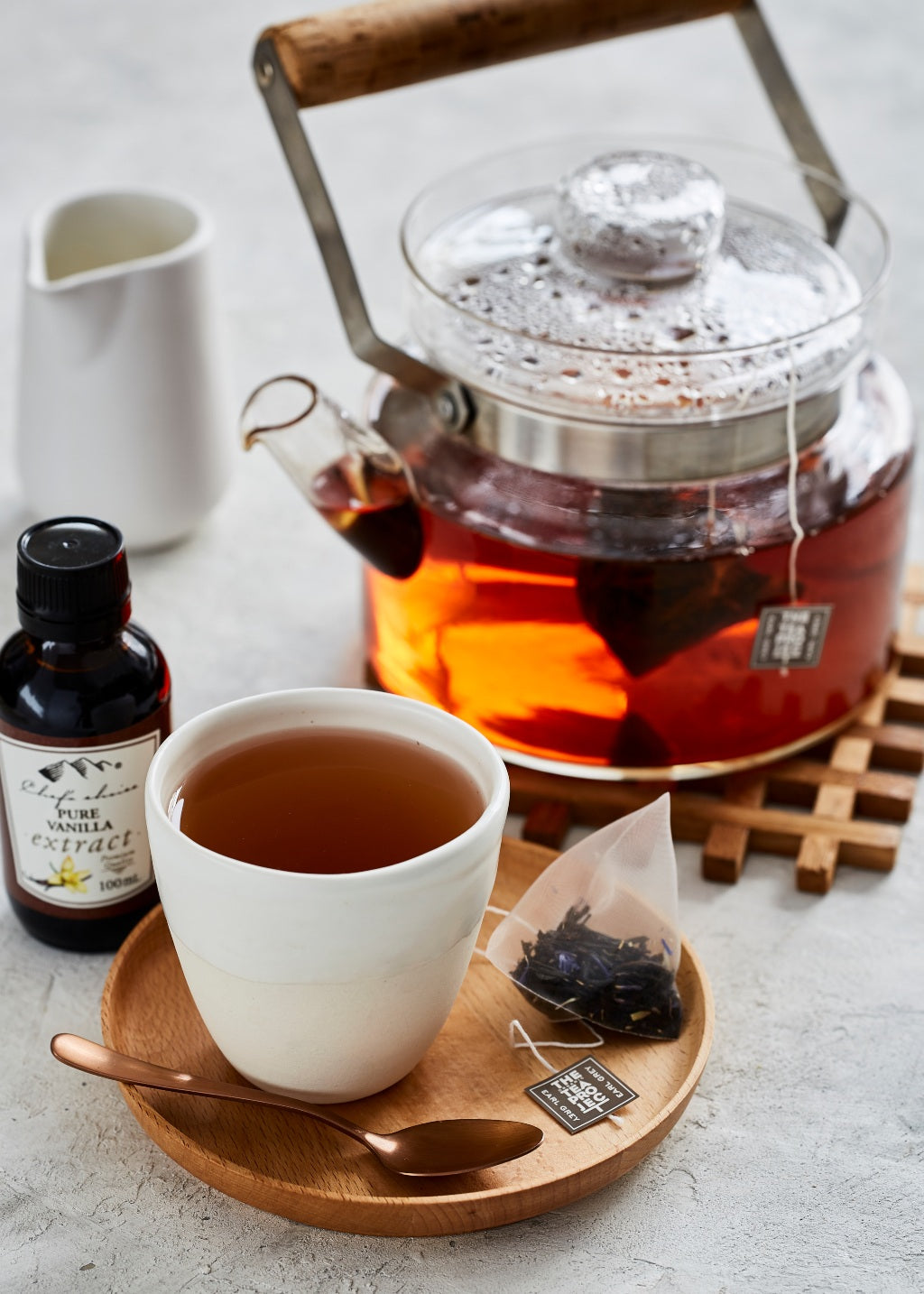
10. London Fog
If you’re a big fan of Earl Grey tea, but want something with a bit more body in your mug, maybe it’s time to entertain a London Fog. It’s like a tea-latte. A London Fog comes from Vancouver and is the perfect combination for a grey morning. It’s made by making half a cup of strong Earl Grey tea, then combining it with steamed milk – cow milk, almond, soy or coconut all work well. Then add a teaspoon of vanilla extract for the full effect.
What to use? Try The Organic Tea Shop’s Earl Grey teabags, and Chef’s choice pure vanilla extract.

